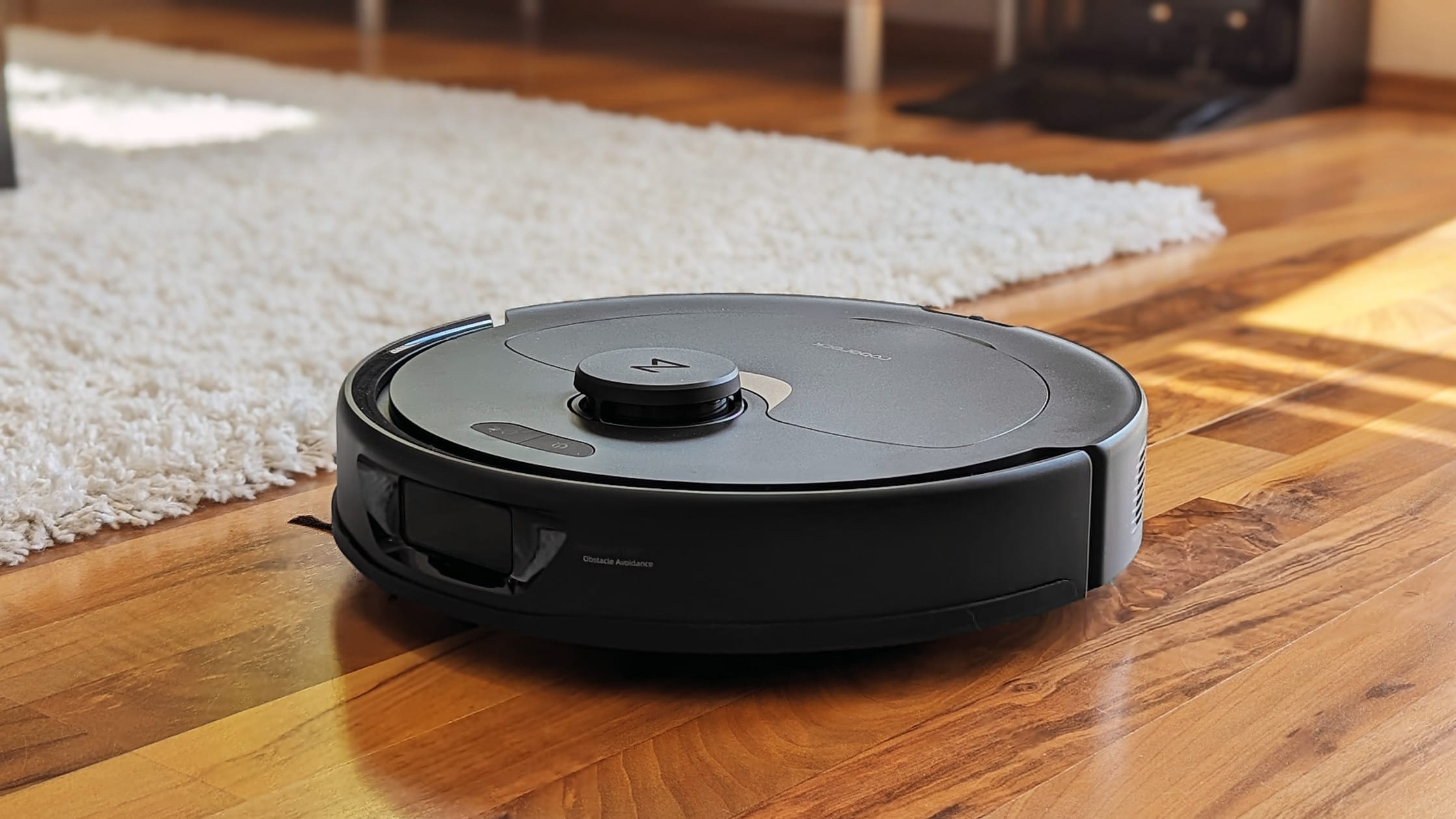In an age where artificial intelligence (AI) plays a growing role in everything from shopping suggestions to banking transactions, protecting your digital life has never been more crucial. The convenience AI offers comes with increased exposure to potential threats—whether from cybercriminals, data brokers, or even poorly secured devices. As we integrate smart assistants, automated platforms, and machine learning into our daily lives, safeguarding personal information becomes less about convenience and more about necessity.
This guest post aims to shed light on key strategies for defending your digital footprint in today’s AI-powered ecosystem.
Understand The New Threat Landscape
Artificial intelligence is not just powering helpful tools—it’s also enhancing the sophistication of cyberattacks. AI algorithms can be used to crack passwords, mimic voices for phone scams, or personalize phishing attacks with alarming accuracy. What once looked like a generic scam email can now appear as a convincing message tailored just for you. To stay safe, users must shift from passive security measures to a proactive mindset.
One of the first steps is recognizing that digital threats are evolving. Malicious actors are now using AI to automate their attacks, making them faster, smarter, and harder to detect. As a result, traditional security tools may no longer be enough.
Limit What You Share Online
Social media profiles, public forums, and even harmless surveys often collect more data than most users realize. AI systems are built to analyze and connect the dots between seemingly unrelated pieces of information. What you post today—your vacation photos, your job title, your favorite restaurant—can be used to answer security questions or craft a more personalized phishing message tomorrow.
Be mindful of your digital footprint. Avoid oversharing on platforms that don’t require it, and adjust privacy settings to restrict who can view your content. You don’t need to live off the grid, but practicing selective sharing can limit your vulnerability.
If you’re interested in technology topics like this and want to contribute, feel free to write for us—we welcome insights from tech-savvy minds who understand the digital challenges of the modern era.
Use AI Responsibly
AI-driven tools, from voice assistants to smart thermostats, are designed to collect and process data for better performance. However, not all platforms are created with privacy in mind. Before adopting a new app or device, review its data policies. Does it encrypt your information? Is the data stored locally or in the cloud? Can you opt out of certain types of data collection?
Choosing ethical AI services means supporting companies that respect user rights. Look for brands that are transparent about how they handle your data and offer settings that let you control what is collected.
Multi-Layered Security Is A Must
Gone are the days when a single password was enough. Today, security should include multiple layers: strong, unique passwords for every account; two-factor authentication (2FA); and up-to-date antivirus software. Where possible, use biometric authentication, such as fingerprint or facial recognition, for an extra barrier.
Password managers are a great way to generate and store complex passwords without the hassle of remembering each one. While nothing is 100% foolproof, these tools significantly reduce your risk of falling victim to brute-force or credential-stuffing attacks.
When browsing for cyber safety tools or services, you’ll often come across platforms that offer guest post service to spread awareness about the latest online protection trends. These can be helpful sources of up-to-date information and user-tested advice.
Stay Educated And Aware
AI evolves quickly—and so do the threats associated with it. Staying informed is one of the most effective ways to protect yourself. Follow trusted cybersecurity blogs, subscribe to tech newsletters, and stay updated on the latest scams circulating online.
Take time to educate others as well. Children, elderly family members, and less tech-savvy friends are often the most vulnerable. A simple conversation about privacy settings or phishing scams could prevent a major issue later.
Even a single security breach can lead to identity theft, financial loss, or long-term privacy invasions. So it’s not just a matter of personal safety—it’s about collective responsibility.
Final Thoughts
Your digital life is increasingly intertwined with artificial intelligence, whether you’re aware of it or not. From streaming services to banking apps, AI is analyzing your behavior, habits, and preferences. While this technology brings countless benefits, it also requires a renewed focus on security and ethics.
Protecting yourself means staying ahead of the curve—limiting your exposure, using strong security measures, and continuously learning. Don’t wait for an attack to take action. Begin today by reviewing your settings, updating your passwords, and committing to smarter digital habits.
If you’ve found this post insightful, consider sharing it with friends or colleagues navigating the same digital challenges. Empowering others is one of the best ways to make the internet a safer place for everyone.










